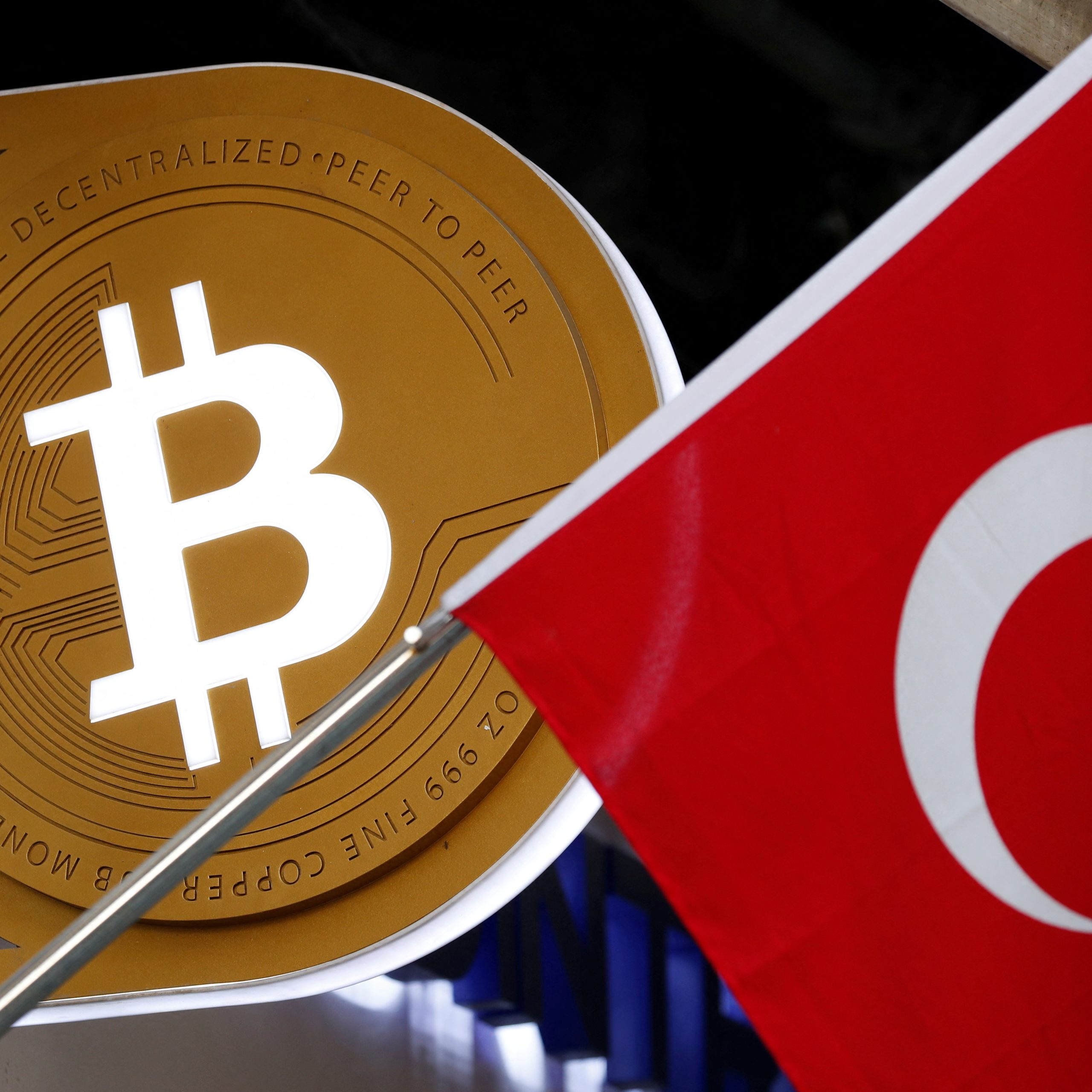The realm of cryptocurrency has been abuzz lately, with Binance at the center of a whirlwind of scrutiny and debate. This leading crypto exchange, a behemoth in the digital currency world, has recently been under the microscope for its practices and compliance issues.
The situation paints a vivid picture of the ongoing tug-of-war between innovation and regulation in the financial sector.
A Spotlight on Binance’s Compliance and Contrasts
At the heart of the controversy is the way the U.S. Department of Justice has approached Binance, drawing stark contrasts with traditional finance’s treatment.
Observers like Omid Malekan, an adjunct professor at Columbia Business School, highlight a notable discrepancy.
In the world of finance, adherence to Anti-Money Laundering protocols and the completion of requisite paperwork often paints a veneer of compliance. Yet, beneath this surface, substantial amounts of illicit funds circulate with apparent impunity.
The case of Binance, however, unfolds differently. The crypto exchange, under the leadership of Changpeng “CZ” Zhao, has recently been embroiled in a legal maelstrom.
It culminated in a billionaire settlement with the U.S. government over allegations of allowing the movement of “stolen funds” through its platform. The fallout saw CZ stepping down from his CEO role, a move signaling the gravity of the situation.
Binance’s trajectory, peppered with accusations and settlements, raises a crucial question: If traditional financial firms were scrutinized with the same intensity, what would the landscape of Wall Street look like?
According to critics like Malekan, it would be a vastly different scene, potentially with numerous high-level executives behind bars, altering the dynamics of shareholder buybacks and lobbying efforts.
Financial Inclusion and Global Laundering Revelations
Yet, Binance’s story is not just one of oversight and legal battles. It also touches on an often-overlooked aspect of financial inclusion.
Binance has been credited with introducing tens of millions of individuals from marginalized communities into the financial system. This feat stands in stark contrast to the traditional banking sector’s chronic inability to serve these populations effectively.
The broader context of global money laundering further complicates this narrative.
An investigation by the International Consortium of Investigative Journalists (ICIJ) in September 2020 unveiled how major banks, including the likes of Bank of New York Mellon, Deutsche Bank, and HSBC, facilitated the laundering of trillions of dollars.
This revelation, stemming from an analysis of over 2,100 suspicious activity reports, highlights the systemic nature of these issues within the banking sector.
The ICIJ’s investigation, a collaborative effort involving over 400 journalists across 88 countries, underscored a pervasive problem in global finance.
While Binance has faced intense scrutiny for its compliance failures, the traditional banking sector appears to navigate similar waters with a different compass.
In the grand scheme of things, Binance’s paperwork oversight and the subsequent legal and regulatory battles present a microcosm of the challenges facing the financial industry.
On one hand, there’s the need for innovation and financial inclusion, a domain where Binance has made significant strides. On the other, there’s the imperative of compliance and regulation, areas where the crypto exchange has evidently stumbled.
As the saga unfolds, it serves as a reminder of the complex interplay between innovation, regulation, and the pursuit of financial integrity.
While Binance navigates its path forward, the financial world watches closely, pondering the future of cryptocurrency and its place in the global financial ecosystem.
The story of Binance is not just about a crypto exchange’s growing pains; it’s a reflection of our evolving understanding of finance, technology, and the need for a balanced approach to both.




